| marc7 travels |
|
One of the biggest challenges of visiting an old destination, especially if it is a popular one, is finding a different story to share. Trying to explore what’s new and interesting while giving a different facet to an old attraction needs an ounce of research and curiosity. This was a challenge that I had to face as a travel content creator when I visited my birthplace after how many years. The biggest question was how do I find another “gold” in the old city of Cagayan de Oro? Cagayan de Oro has developed both vertically and horizontally. The once quaint and rustic city, where Divisoria was a focal point of activities and commerce, has now grown to become a metro with different pockets of development in and around the city. The “expansion” paved the way for new attractions to be discovered while keeping the old charm of the city. I had the chance to walk around the city and reminisce at the spending my summers in the old days of the city. Museo de Oro (Xavier University) Located inside the Ateneo de Cagayan campus, the Museo de Oro is dubbed as a folkloric museum that showcases the traditions and folklores of Mindanao. The museum was founded in 1967 by Father Francisco Demetrio SJ to house historical and archeological artifacts from Mindanao. What started out as a collection of Fr. Demetrio, from his personal and study travels, is now an exhibit of 3 galleries that walks you through the rich history and culture of Mindanao and the country. The first gallery walks you through the ethnohistory of Northern Mindanao, from its pre-Hispanic era to the modern times. Archaeological finds in the city’s outskirts show that early inhabitants of the area lived along the banks of the Cagayan de Oro River. The museum has a wide collection of fossilized bones, burial jars, and artifacts that give guests a glimpse of Cagayan de Oro’s pre-colonial past. It gives you a preview on how the locals lived, their practices, and even how they interacted with other settlements. The visual exhibits and collections of period pieces outlines the development of the city and its surrounding provinces from the arrival of the Spaniards to the modern-day Cagayan de Oro. These pieces includes religious images, furniture pieces, paintings, and old photographs of the city. It also highlights the Kagay-anon local heroes who stood up against colonial rule - from the local heroine, Salud, to the Filipino forces victory in Macahambus to freedom fighters against Japanese forces. The last gives you the background on where the street names in downtown were named after. The second gallery was focused on the culture and traditions of Mindanao’s indigenous groups. It introduces you to these groups via a visual presentation of each group’s creation stories. A map of Mindanao also outlines where these “lumads” are rooted giving you an overview of its diverse culture. It then walks you through their colorful lifestyles from music, day-to-day materials that they use, their ornaments, warfare and hunting gears, and clothing. It gives you a better understanding of their way of life. It makes you appreciate the similarities and diversity of each group and how it blends to our understanding on being a Filipino. The third gallery has two sections - the first is an exhibit of Father Demetrio’s collection and the second is an art exhibition area. The gallery of the founder of Museo de Oro gives you a brief on the life and works of Father Demetrio. Recognitions and some personal effects of Fr. Demetrio are on display, including a collection of currencies and an exhibit on a local cult. A “gold nugget” find in the museum is the original menu card of the Malolos Congress. If I understood it right, it is the only copy that we have at present. The last of the exhibit was an art exhibition of local artists. The artworks on exhibit, at the time, were in 2D and 3D form that mirrored current events. The artworks teased my creativity that allowed me “interact” with the some of the exhibits to create visual stories of my own. The good thing about the whole experience was that I had the whole place for myself so I was in no hurry to capture my ideas. It was my first time to check out Museo de Oro and I really enjoyed walking through the history of Cagayan de Oro and Mindanao. If you are planning to visit, just make sure that you contact them first at (088) 8539800 local 9270 to book an appointment. The museum is a great way to start off your walking tour to the city’s downtown. Plaza Divisoria From Xavier University, I started to reminisce the days of the old and rustic CDO starting with Divisoria. The area was once the business center of the city where you can find almost everything here. This strip was also once the venue of the city’s weekend night cafe. It also serves as an activity center for community and city activities. Beyond its being a business center, the Divisoria Plaza has been a mute witness to the history and development of the city. The strip was created as a “fire wall” after a fire in 1901 engulfed most of the town structures. The strip was later developed into a linear park where memorials and activity areas were installed. Monuments honoring Dr. Jose Rizal, Andres Bonifacio, former President Magsaysay, and former City Mayor Borja. Interestingly, the Andres Bonifacio Monument also serves as a memorial to the fallen Kagay-anons who died during the Battle of Agusan Hill. From a simple fire deterrent to a bustling town center, Plaza Divisoria is a city landmark. The development of the city may have drawn out some businesses towards more favorable locations but it has kept the old charm of the city. It is not just a plaza or a business center but a reminder of the city’s glorious past. Gaston Park and Cagayan de Oro City Museum Just a few meters from Plaza Divisoria is Gaston Park. The public park had a historical marker for its significance but the marker was no longer in its location during my recent visit. The park served as a public plaza of Cagayan de Misamis during the Spanish period. It also serves as the training grounds of local patriots and was the site of the Battle of Misamis de Cagayan in April 1900. The park is a favorite afternoon spot of locals where they also get to enjoy a fountain light show in the evening. The old water tank of the city was now converted into the City Museum. The tower was completed in 1922 and provided potable water to the 3000 residents of the Poblacion. It survived World War 2 and was still in use in the 1970s. It was re-purposed to house a three-level city museum in 2008 and now serves as a repository of the city’s archives and historical artifacts. The museum exhibit runs parallel to that of Museo de Oro however its collection is not as extensive as that of Museo’s. The exhibit focuses more on the history of the city from its humble beginnings to the present. It is sequenced chronologically and in narrative format from the Spanish occupation to the Japanese Occupation. The topmost level is where you will find the film archives office and a display of the city mayors of CDO through the years. St. Agustine Metropolitan Cathedral The present Neo-Gothic style of the Cagayan de Oro Cathedral was built in the 1950s after it was destroyed in World War 2. The present location is believed to be the original site of the first church built from light materials when locals, who were initially settled in Huluga, were convinced by Father San Pedro to relocate to this site. The establishment of the church and the community marked the birth of Cagayan de Misamis. The first stone church was completed in 1851 but it was bombed in 1942 that left it in rubbles, with only a wooden cross surviving the blast. The church stands as a mute witness to the faith of the Kagay-anons. I find it a unique church with its pulpit design that is void of the usual retablos that you see from old churches. What you have is an image of the crucified Christ with a podium of images of saints line up as a backdrop. At the center of the podium is the image of St Agustine, the patron saint of the city. One can get near these images to offer their prayers. The cathedral stands along the banks of the Cagayan de Oro River. The cathedral’s structure with its side windows and openings allow fresh air to circulate inside the church giving it a “fresh and breathable” interior. It gives the church that homey and safe vibe for a faith sanctuary. Cagayan de Oro River At the center of the city’s history is the mighty Cagayan de Oro River. The humble beginnings of the city takes its roots on its banks. It was and still remains an integral part of the city’s development through the years and has brought smiles and tears to both locals and those who dare challenge its raging waters. The upstream of the river is the main tourist attraction with its whitewater rafting activities. But there is more natural attraction to discover as you head further upstream - like Sinulom Falls and Bolao Cold Spring in Tignapoloaon. Sinulom Waterfalls is a collection of 28 waterfalls cascading on a mountain side into the Cagayan de Oro River. Further upstream is the Bolao Cold Spring that is a series of cold water spring pools where one can enjoy a cold dip to beat the summer heat. You can check out my separate blog on Sinulom Falls and Bolao Cold Spring. With the development of the CDO, there are now a number of new bridges that span across the Cagayan de Oro River but the oldest bridge, Carmen Bridge, ellicits the more nostalgic vibe among all. It is the oldest bridge in the city that was inaugurated in 1931 connecting Carmen to the Poblacion. It is the bridge that I fondly remember that welcomes and bids us goodbye whenever we visit CDO. It has recently received an art installation that even made it more romantic for the locals. The Cagayan de Oro City Hall compound sits adjacent to the Carmen Bridge. The site is where the Casa Real of Cagayan de Misamis once stood. This was where the tri-color Philippine flag was raised to declare independence under the Aguinaldo administration. It was the first declaration of independence in Mindanao. The event would be known as the “La Fiesta Nacional”. It was nice to walk around the “poblacion” of Cagayan de Oro. It was nice reminiscing where we had lunches and snacks with my grandparents. Where a school supplies store once stood where I bought notebooks. Feeling nostalgic with the smell from the fruit stand in Plaza Divisoria. It was nice that the city has kept its “golden charm” and I hope they get to keep it that way despite the development in and around the city. POST TRAVEL NOTES Who would have thought that the unexpected rains and communication mishap for a Marawi visit ended up with a leisure historical walk, intertwined with my own memories, around Cagayan de Oro downtown. It was good revisiting stories that left a gold mark in the hearts of its locals and visitors. The city remains a charmer as it fuses the old and the new to create new stories and experiences. Re-discovering old destinations is a great way to see and gauge how urban development changes the vibe of the city. It gives you an insight on the direction of its development and how it affects the historical landmarks of the city. Does it innovate to fuse the past and the present or does the present bury the past? Keeping the charm of the past is important in urban development. As the old Filipino saying goes - hindi makakarating sa paroroonan ang hindi marunong tumingin sa pinanggalingan. #MahalinNatinAngPilipinas #SamaSamangBabangonMuli Getting there: All major airline in the Philippines have flights to Laguindingan Airport from major cities of the country. You can take an airport van from the airport to the city proper of Cagayan de Oro. You can take a taxi, jeep, or motorela when going around the city.
0 Comments
|
Marc del Rosario
I believe in education, entrepreneurship, and caring for the environment. Archives
June 2024
|
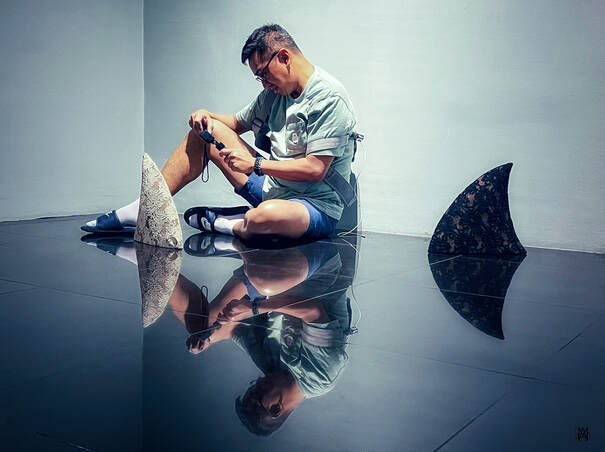
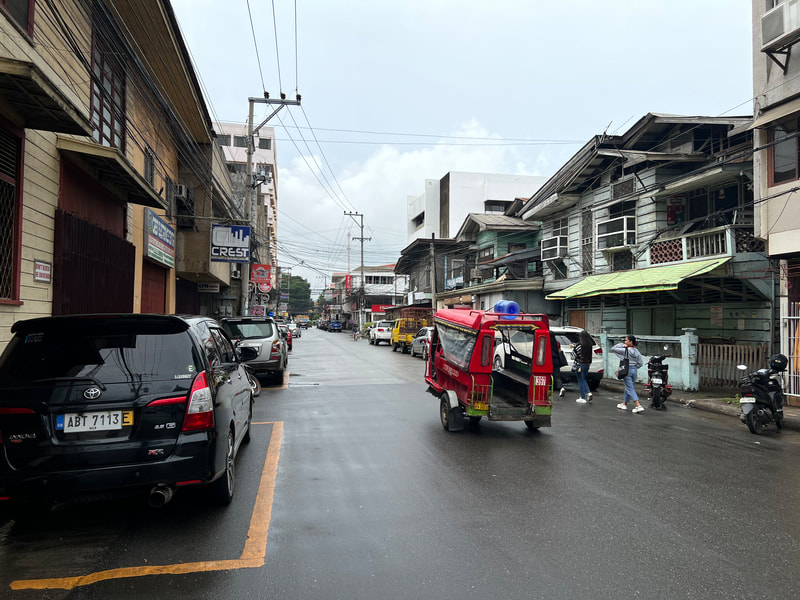
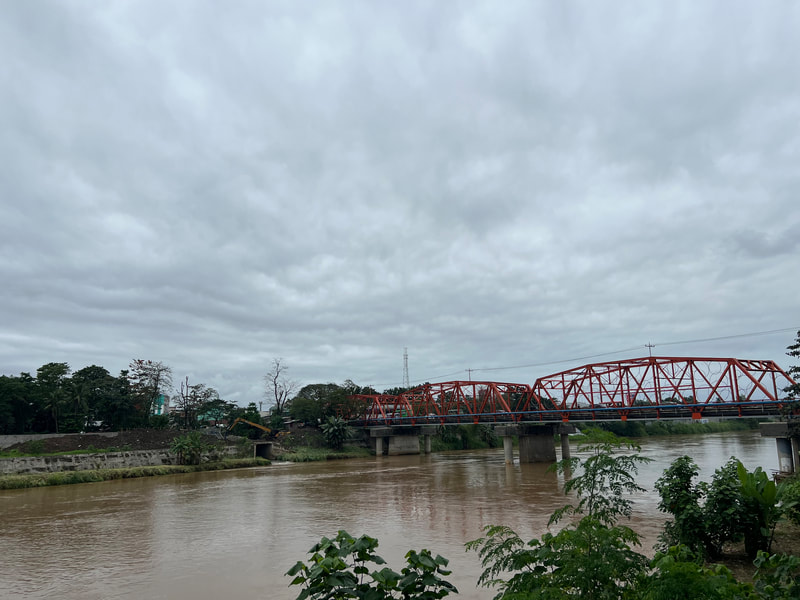
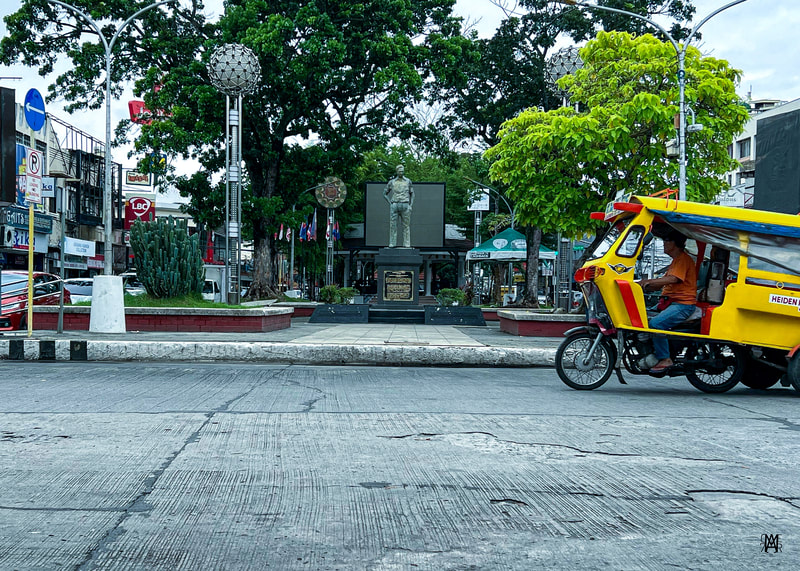
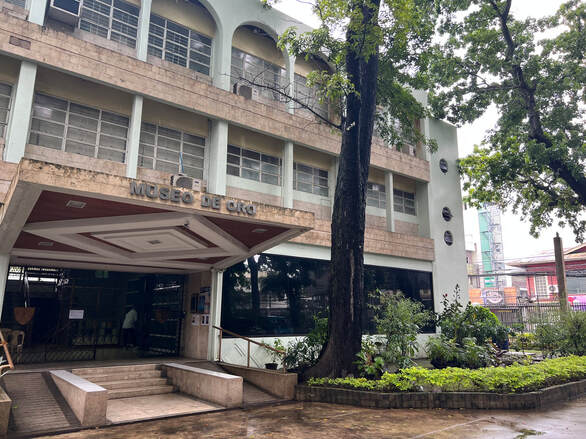
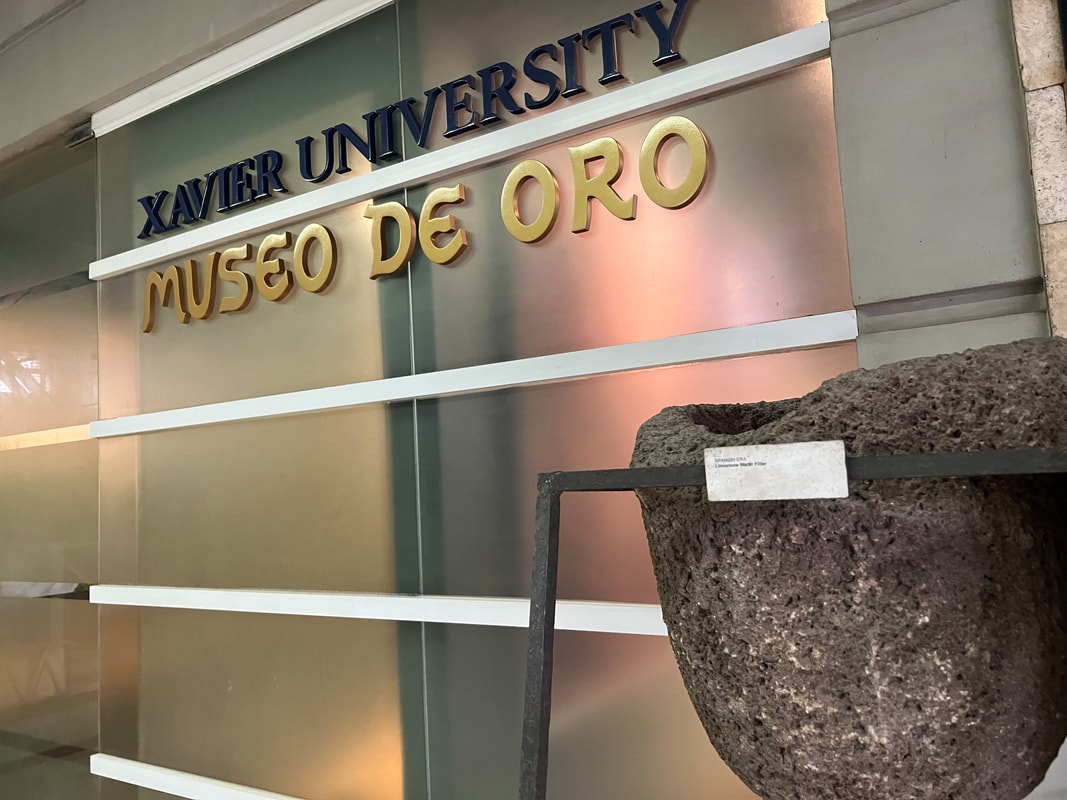
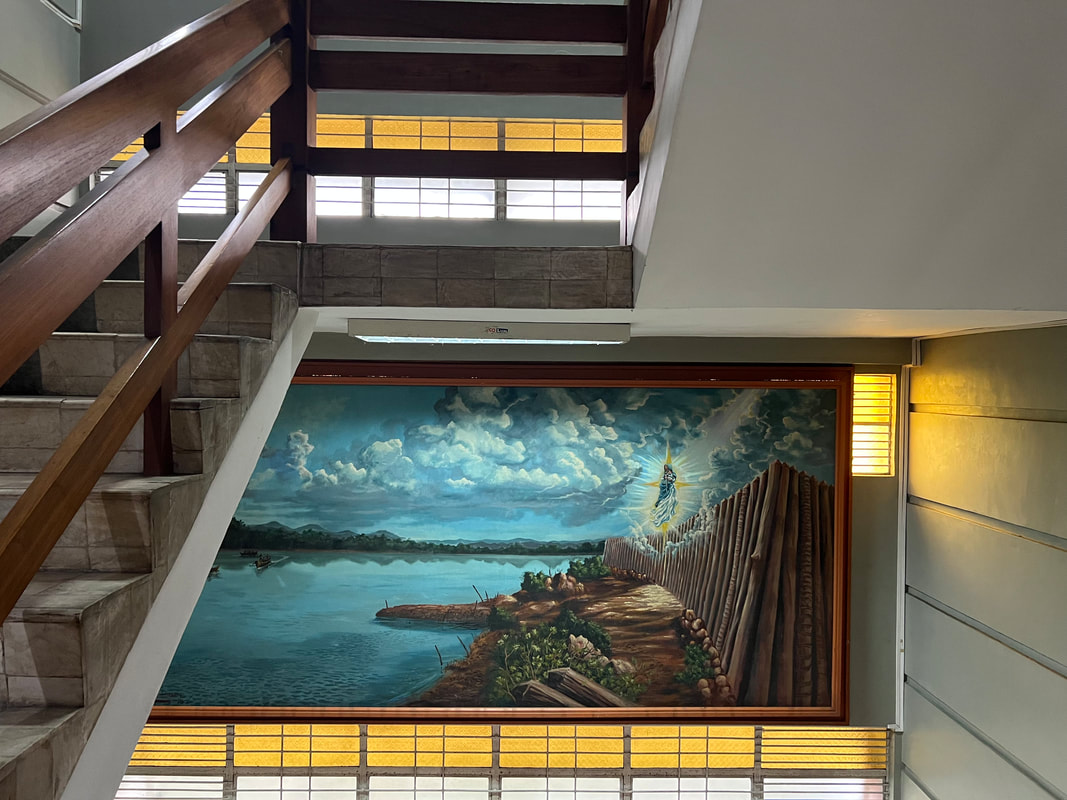
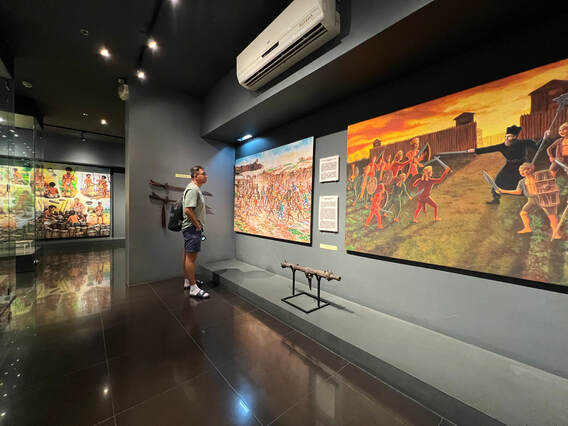
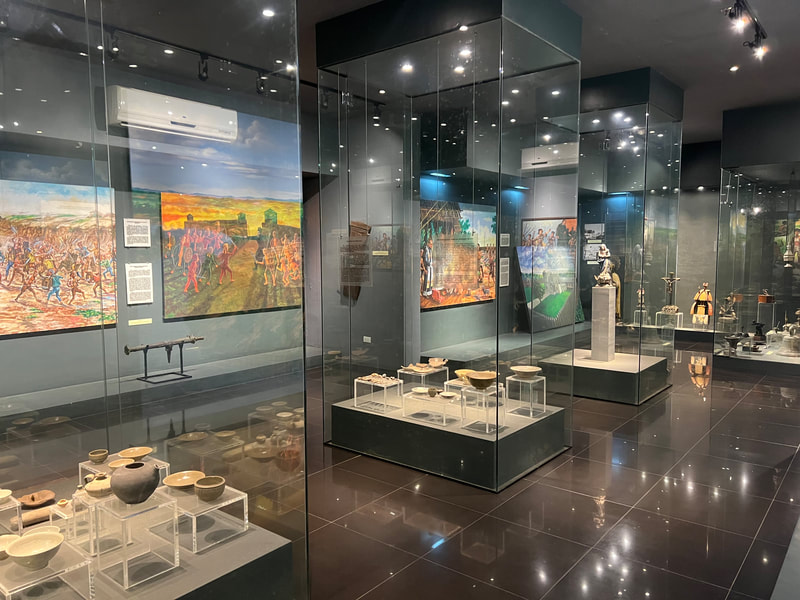
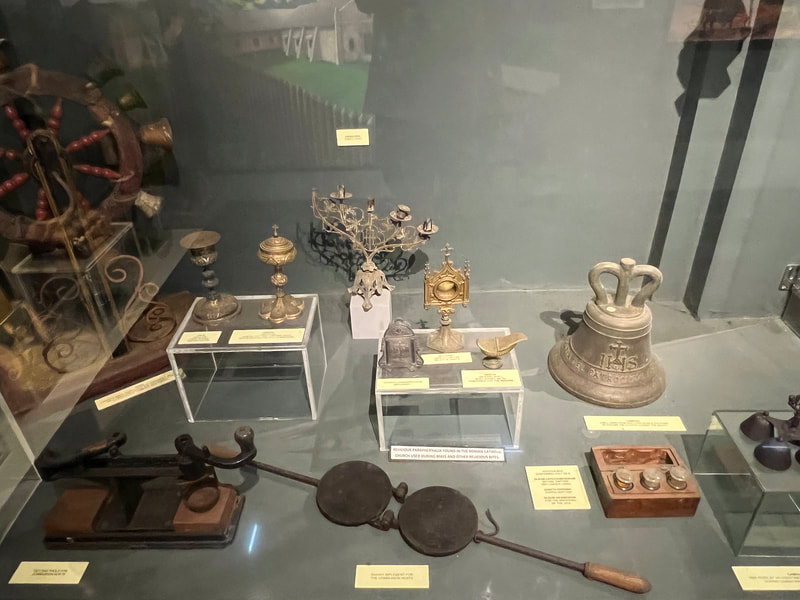

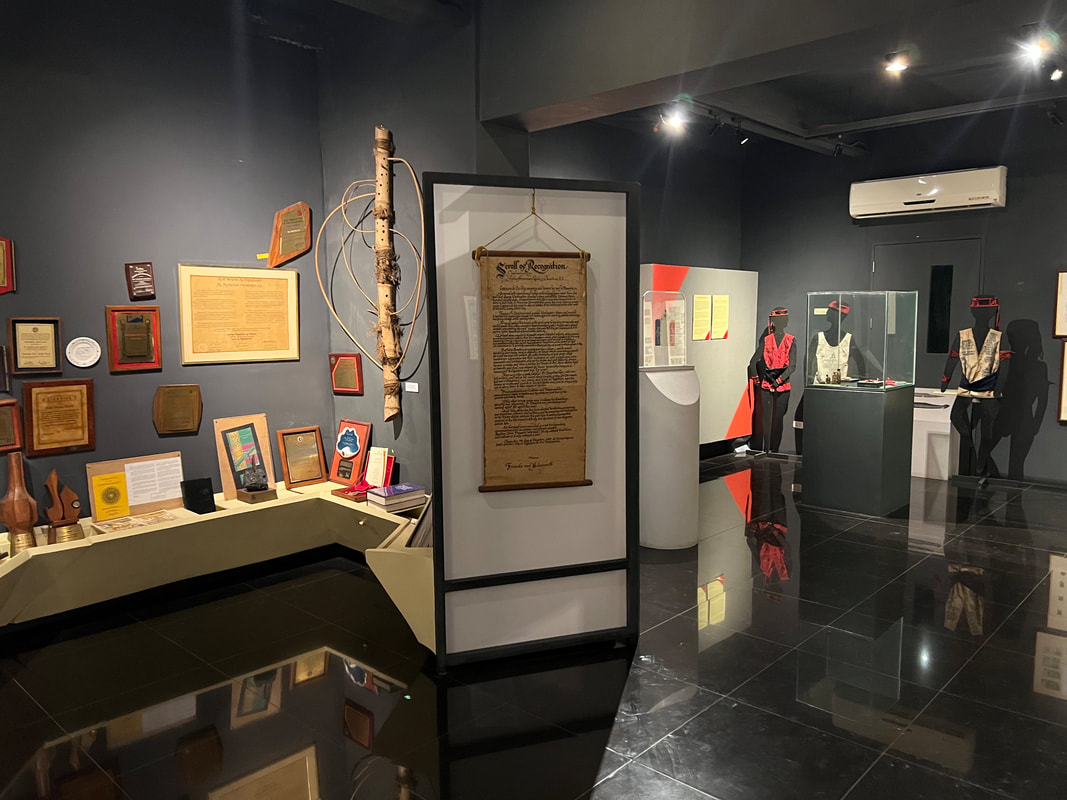

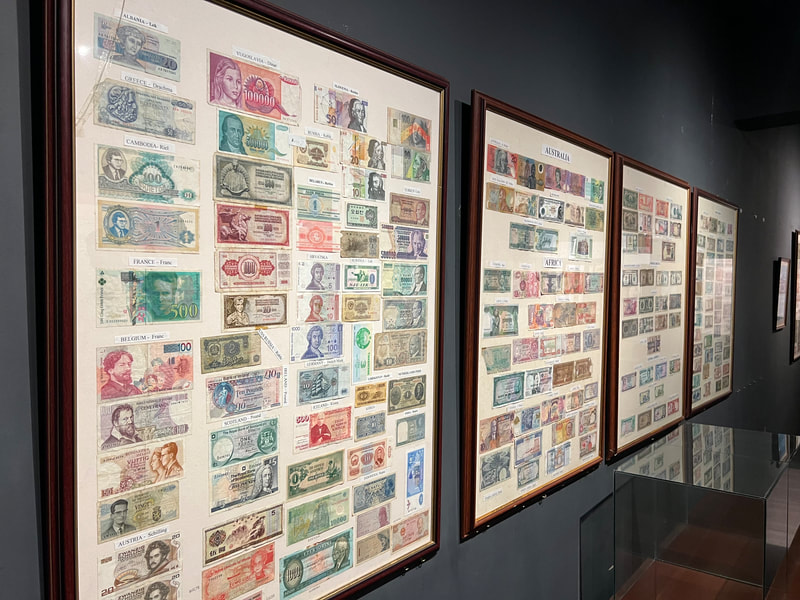
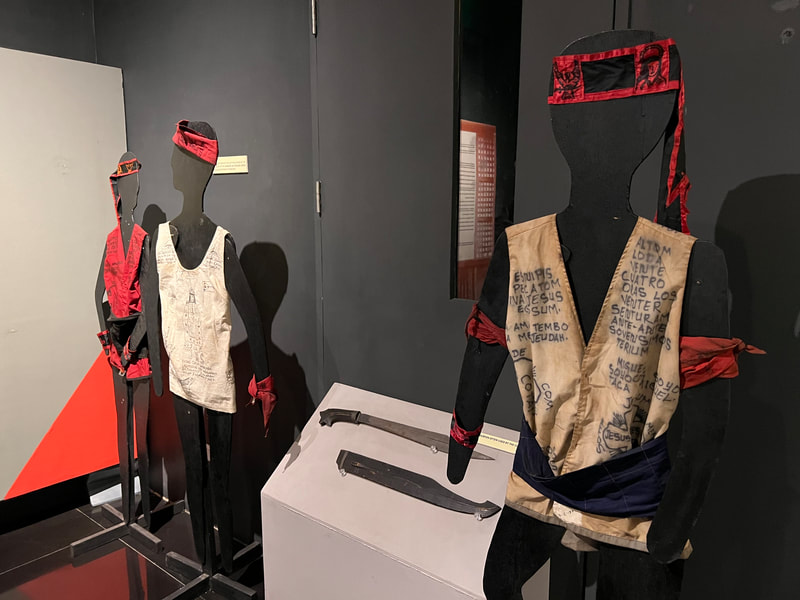
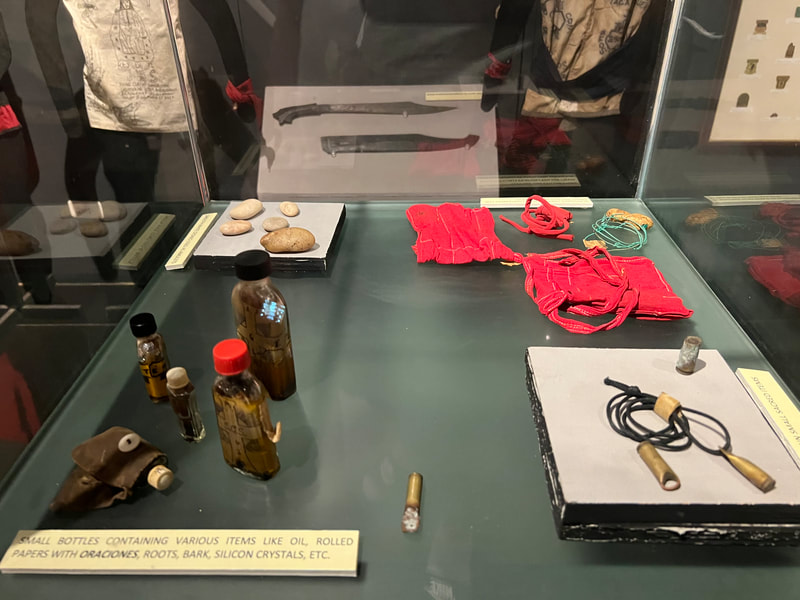
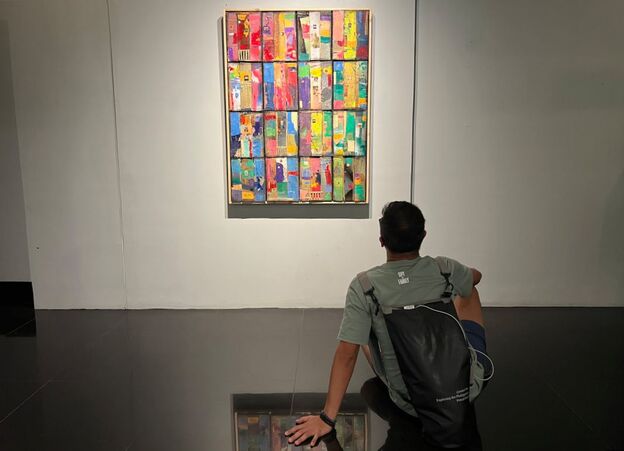
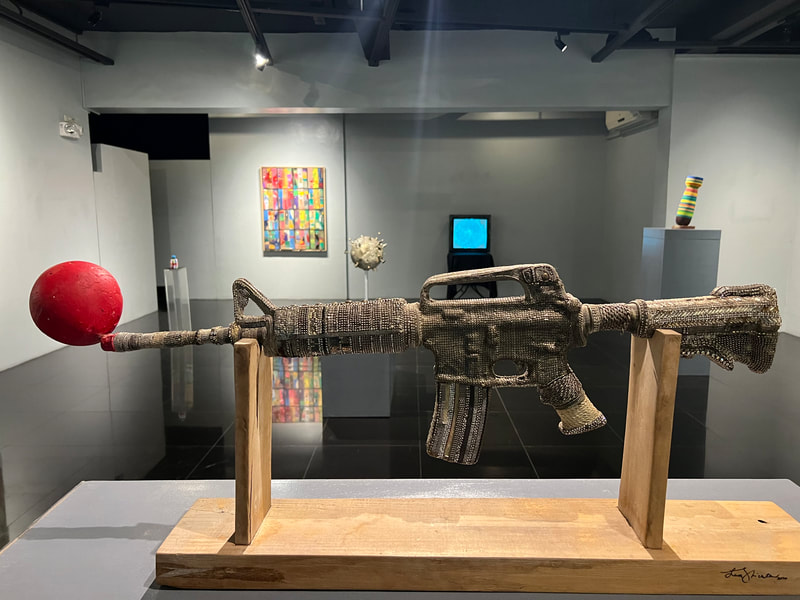

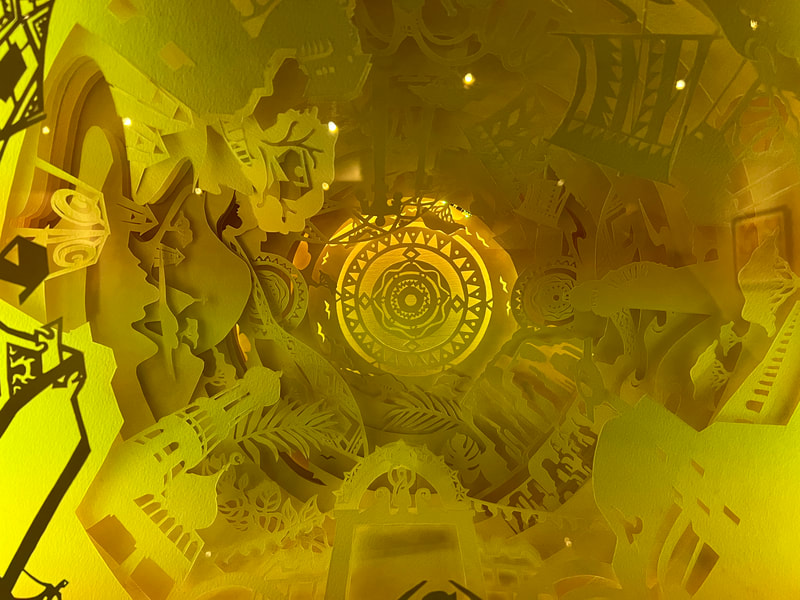
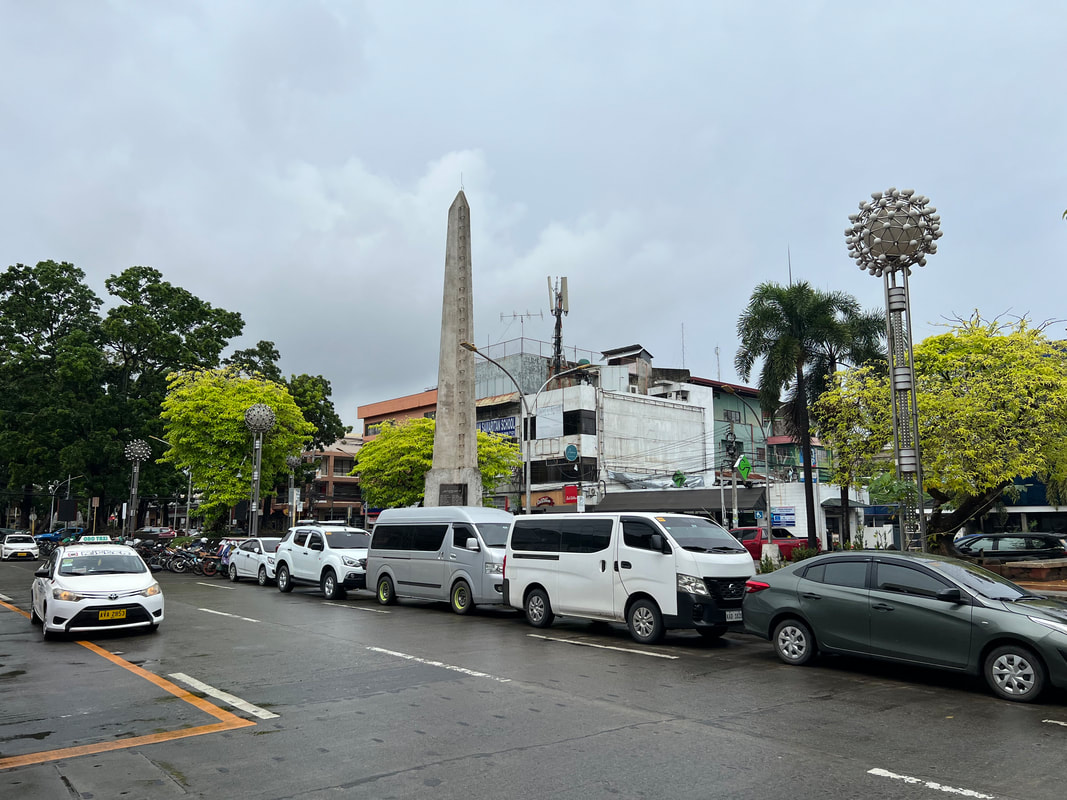
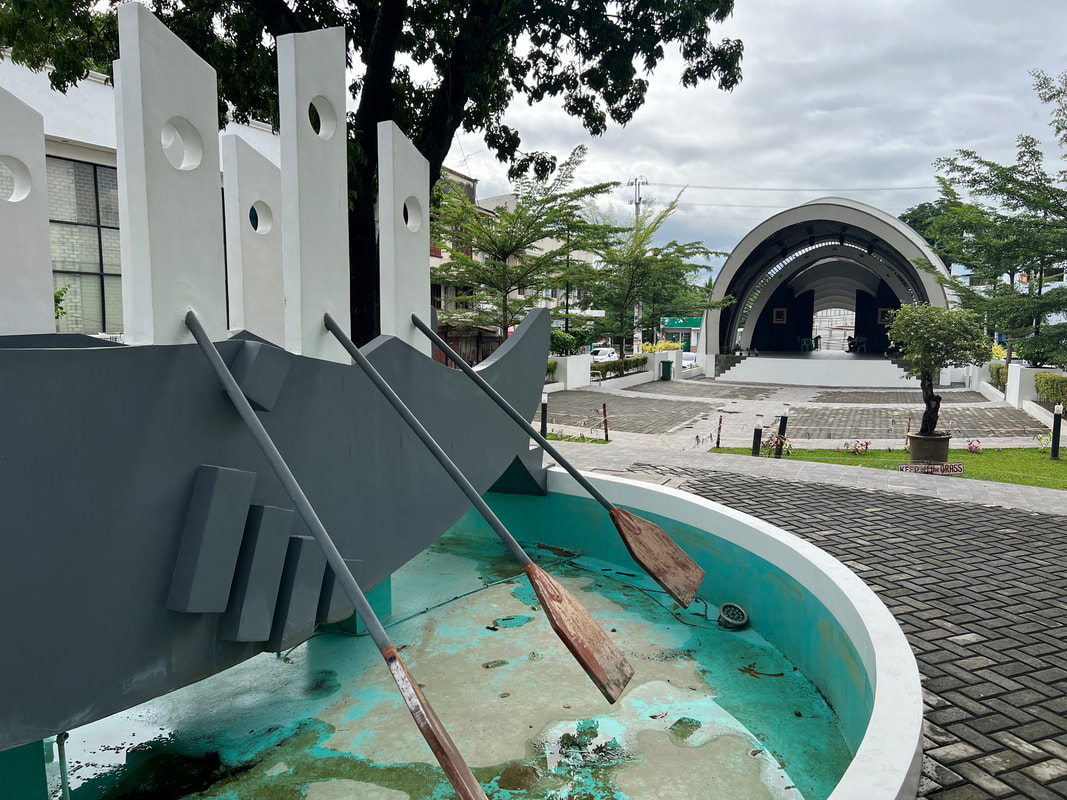
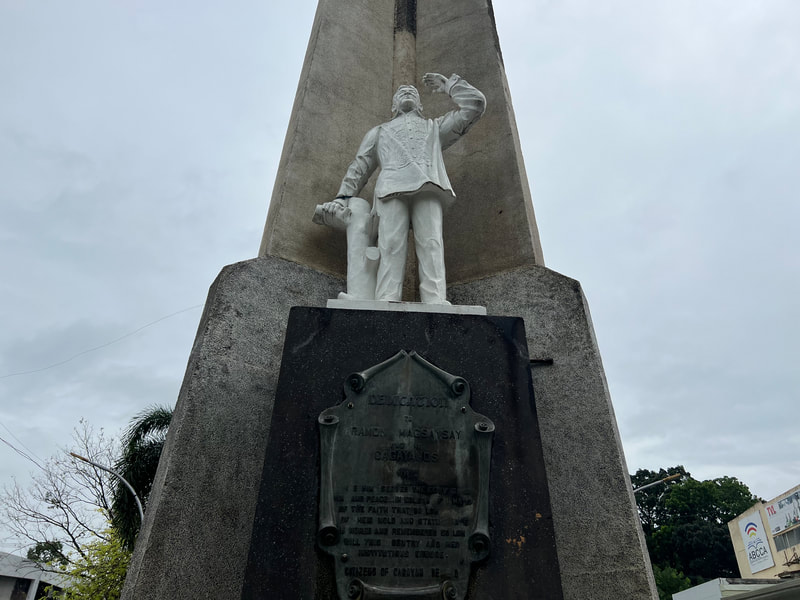
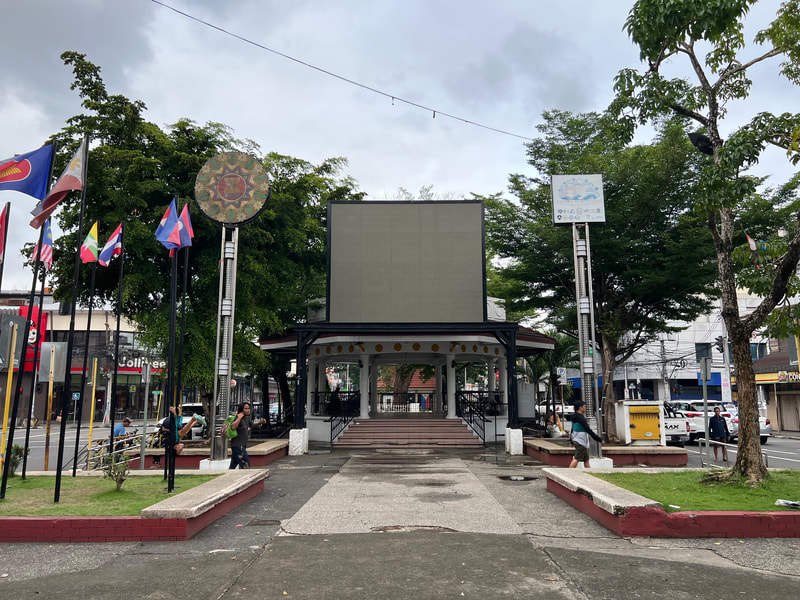
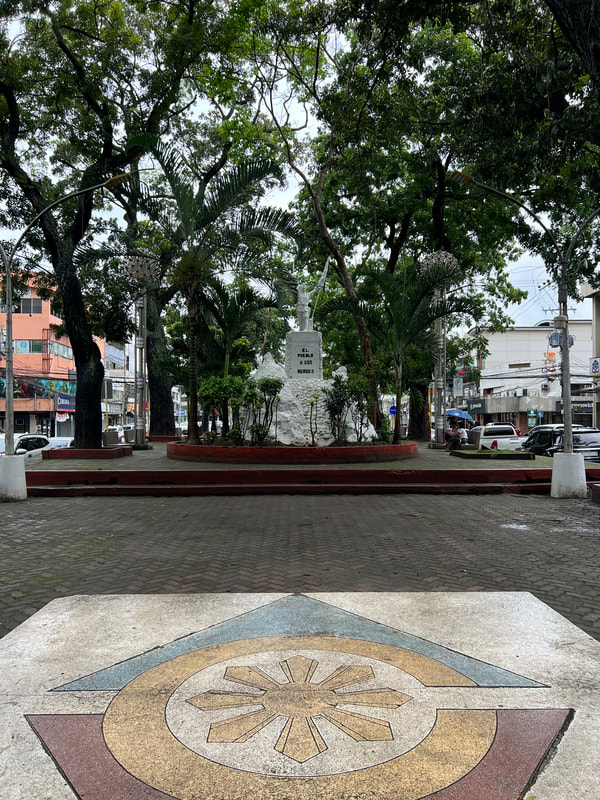
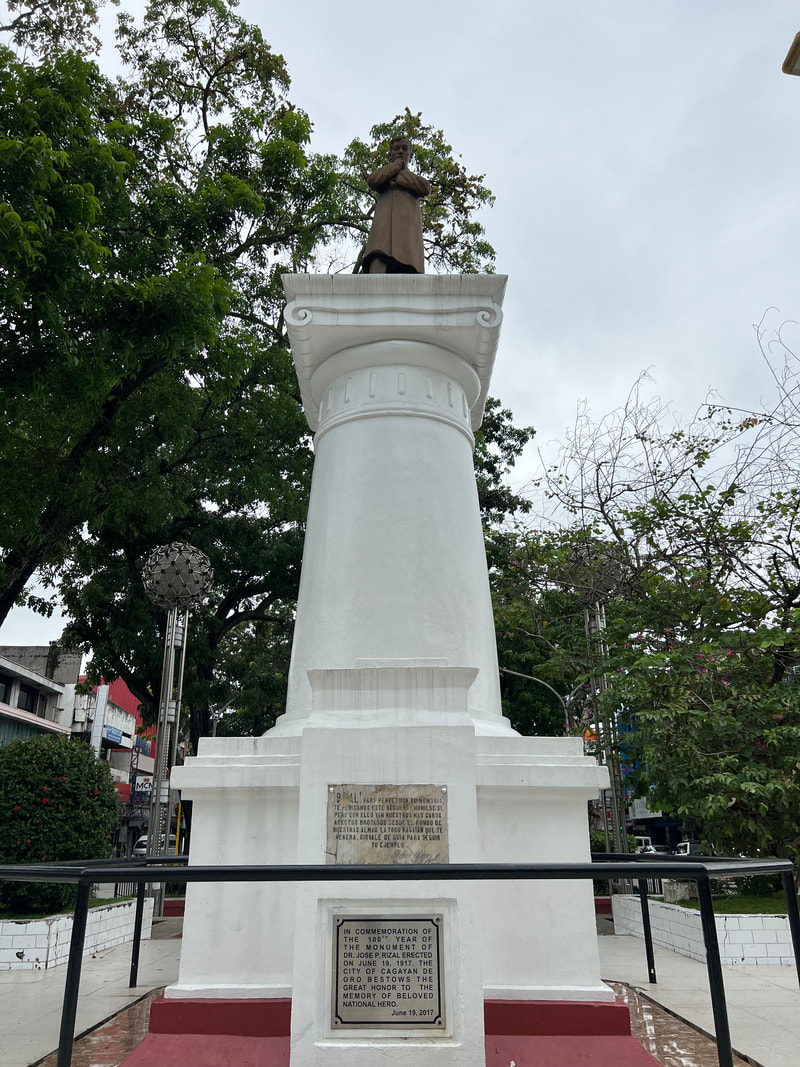
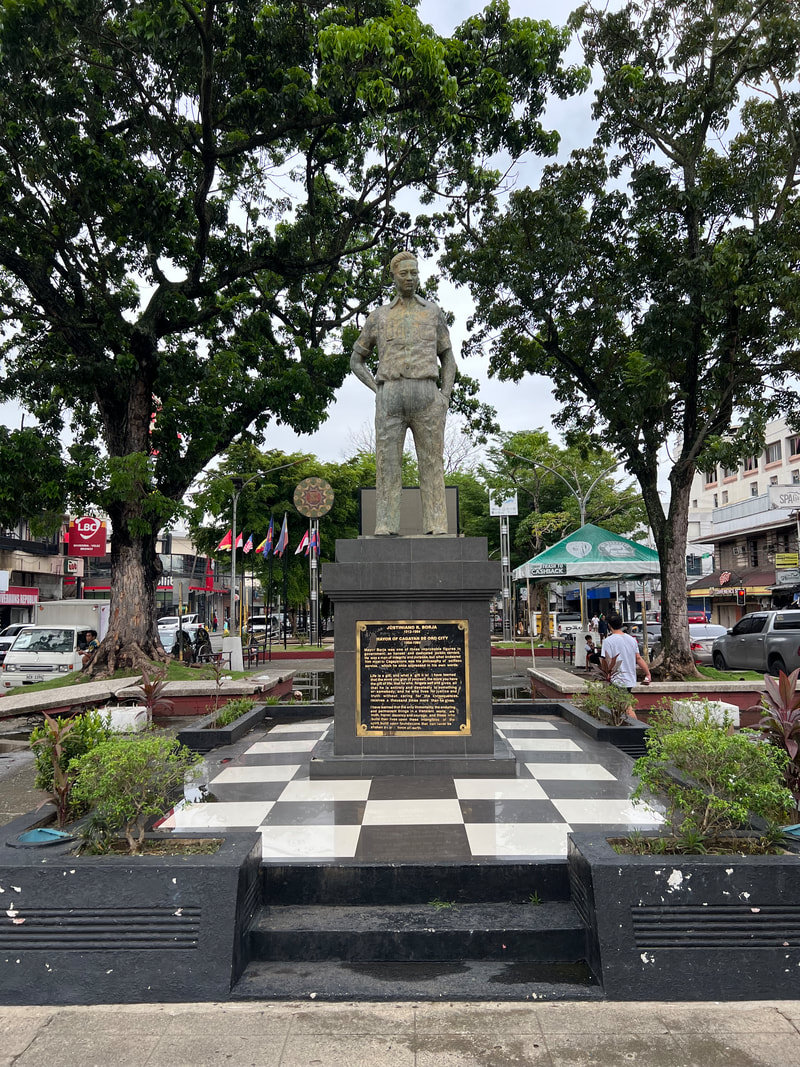
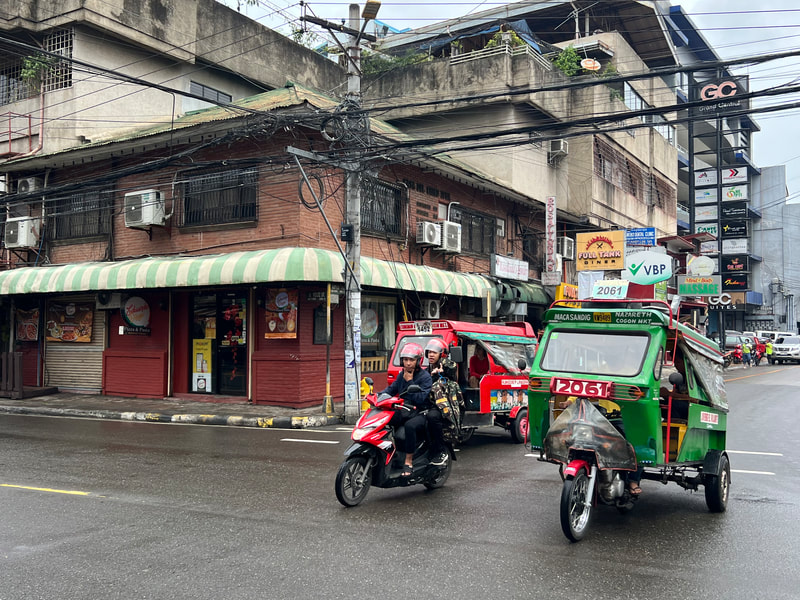
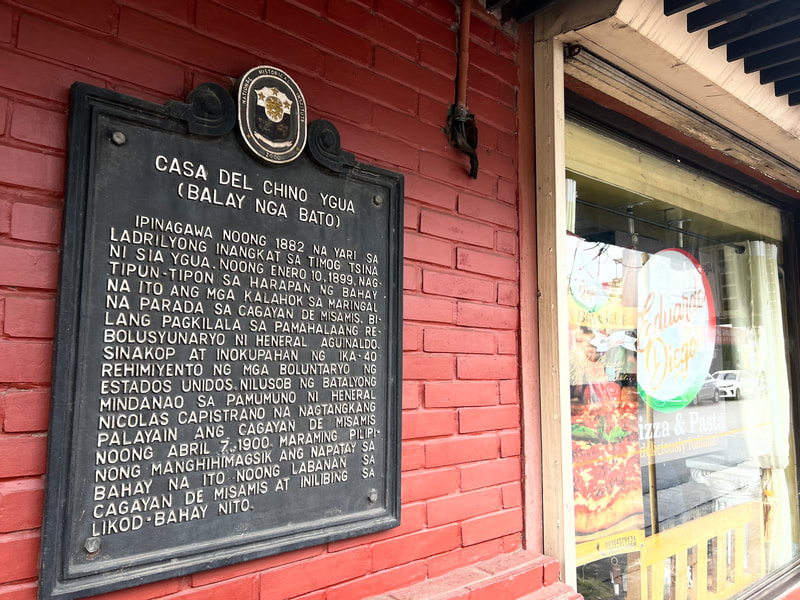
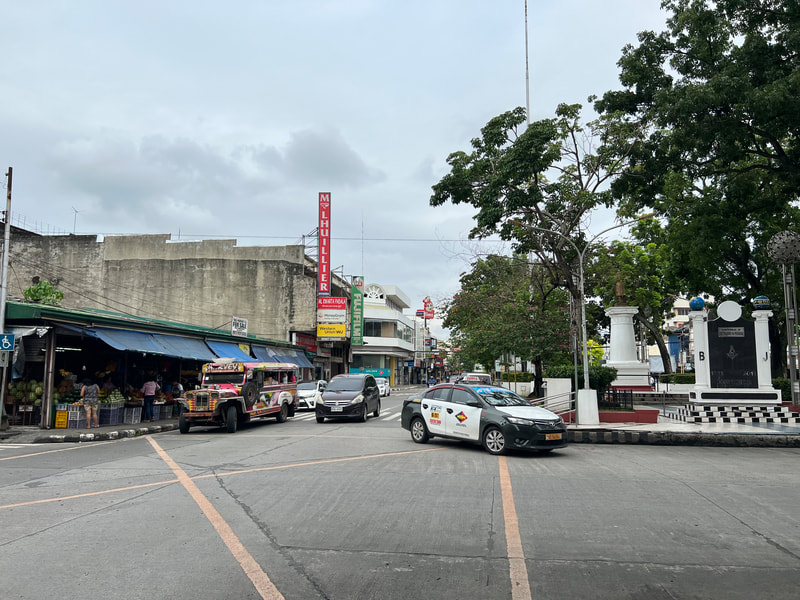
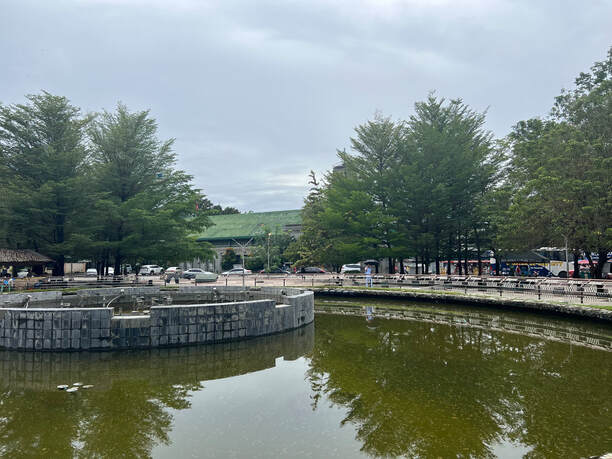
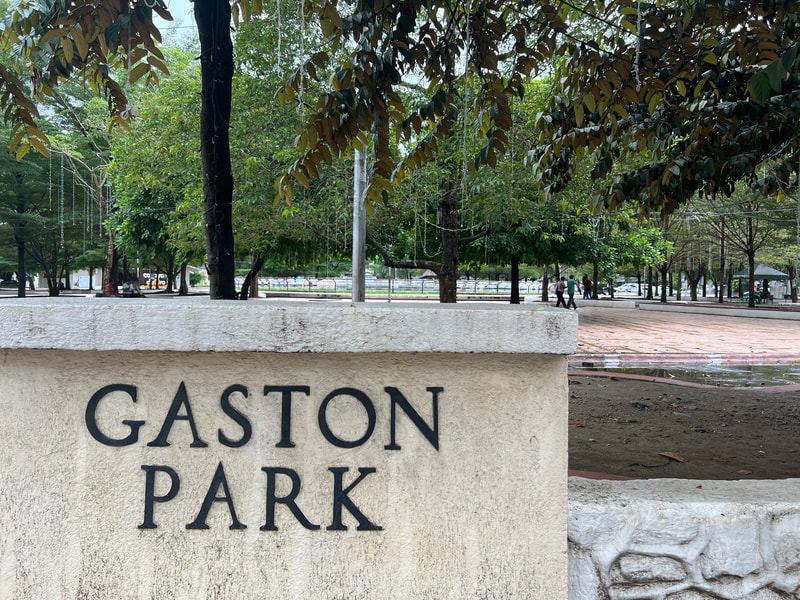
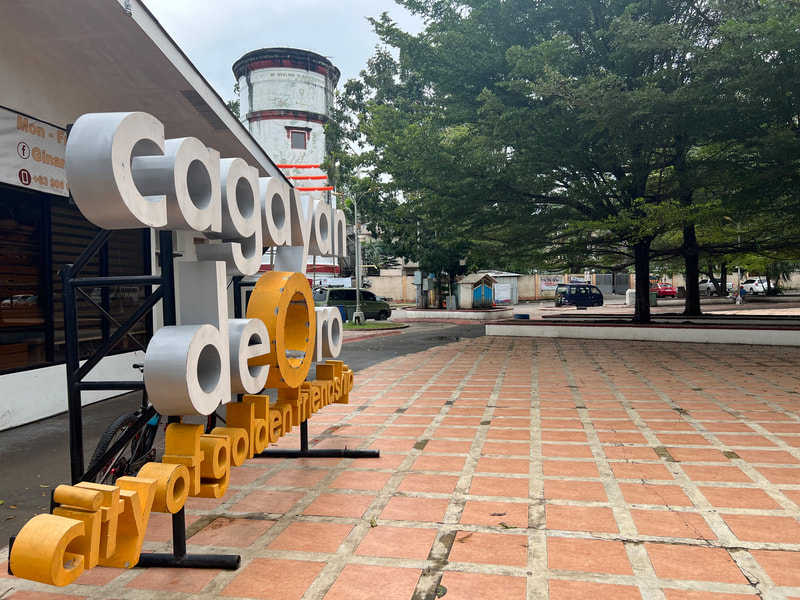

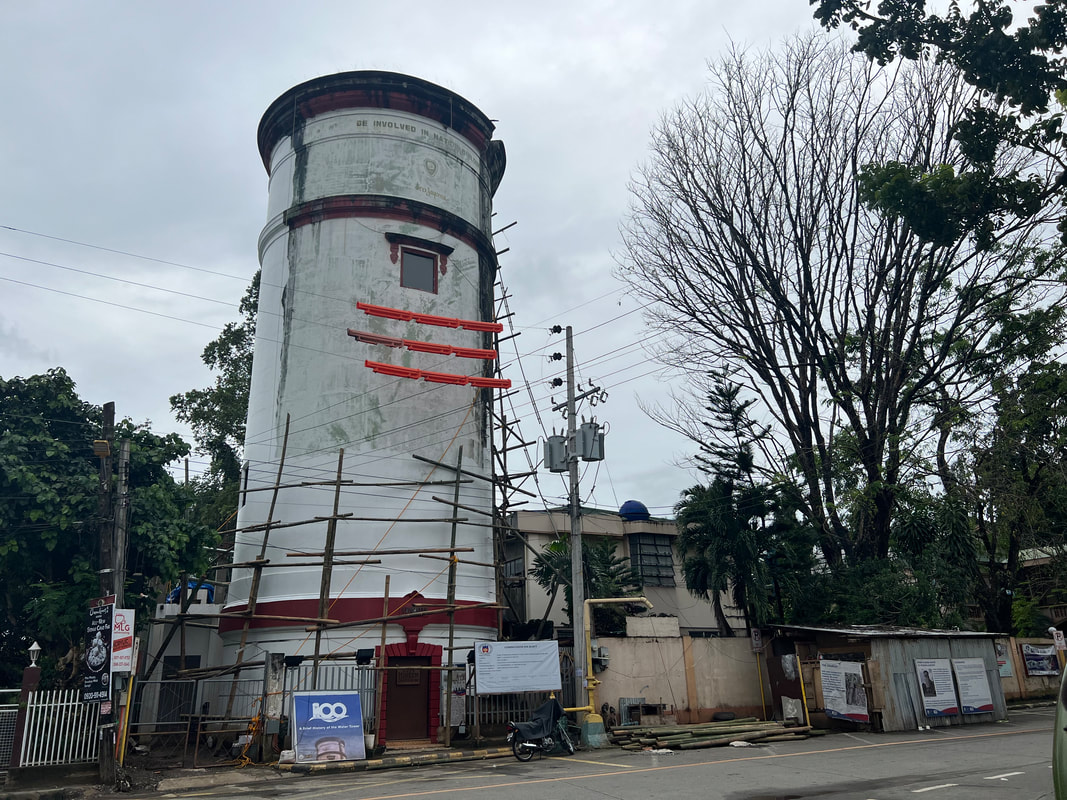
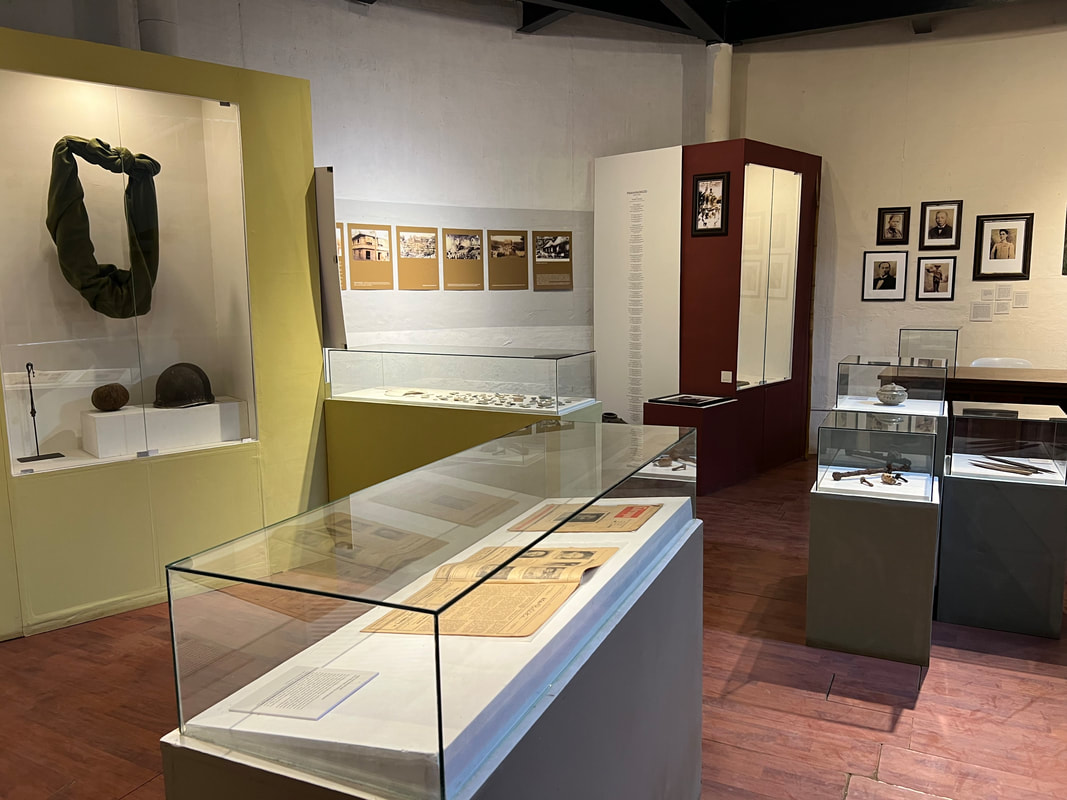
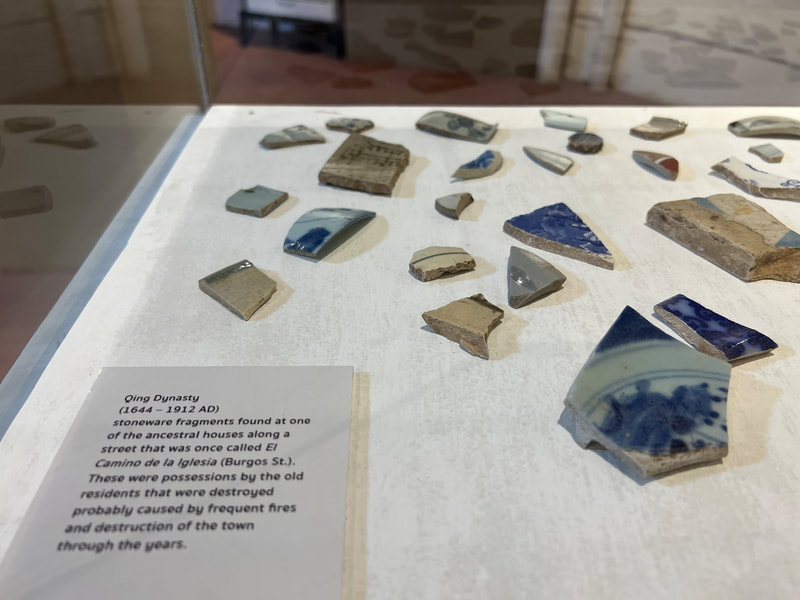
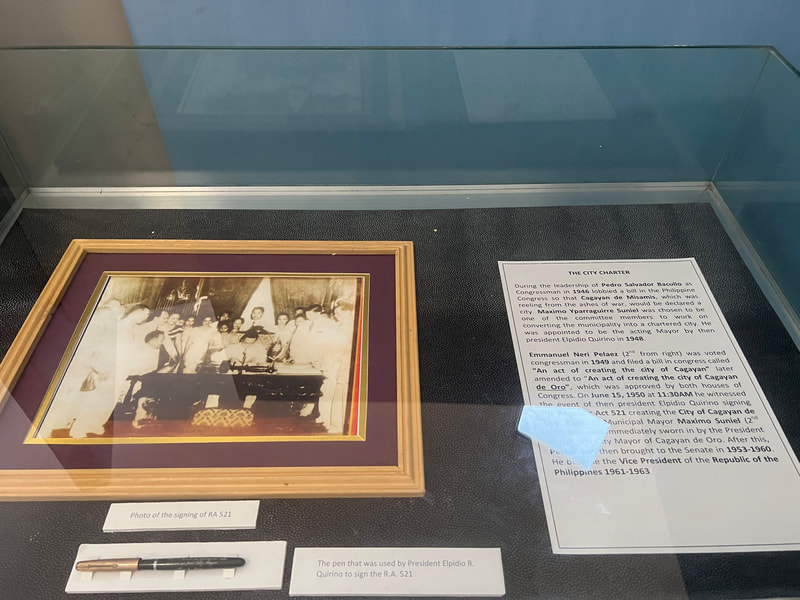
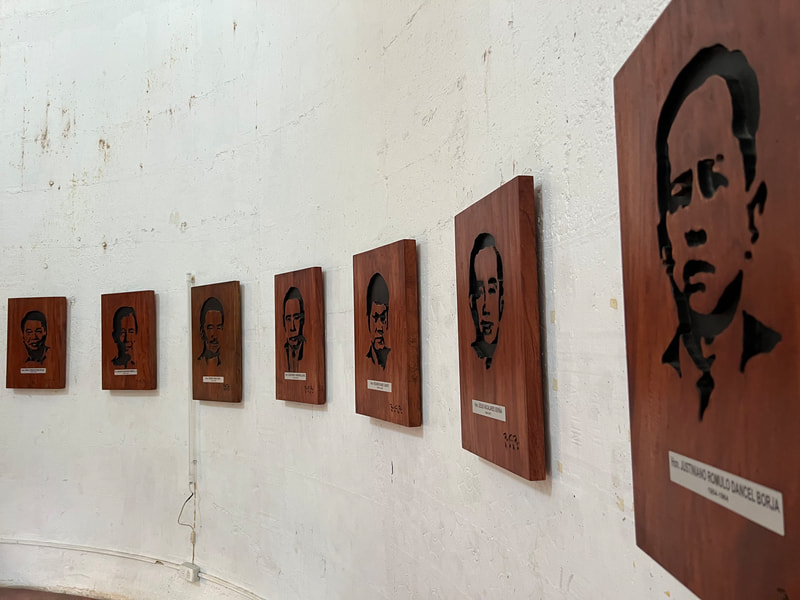

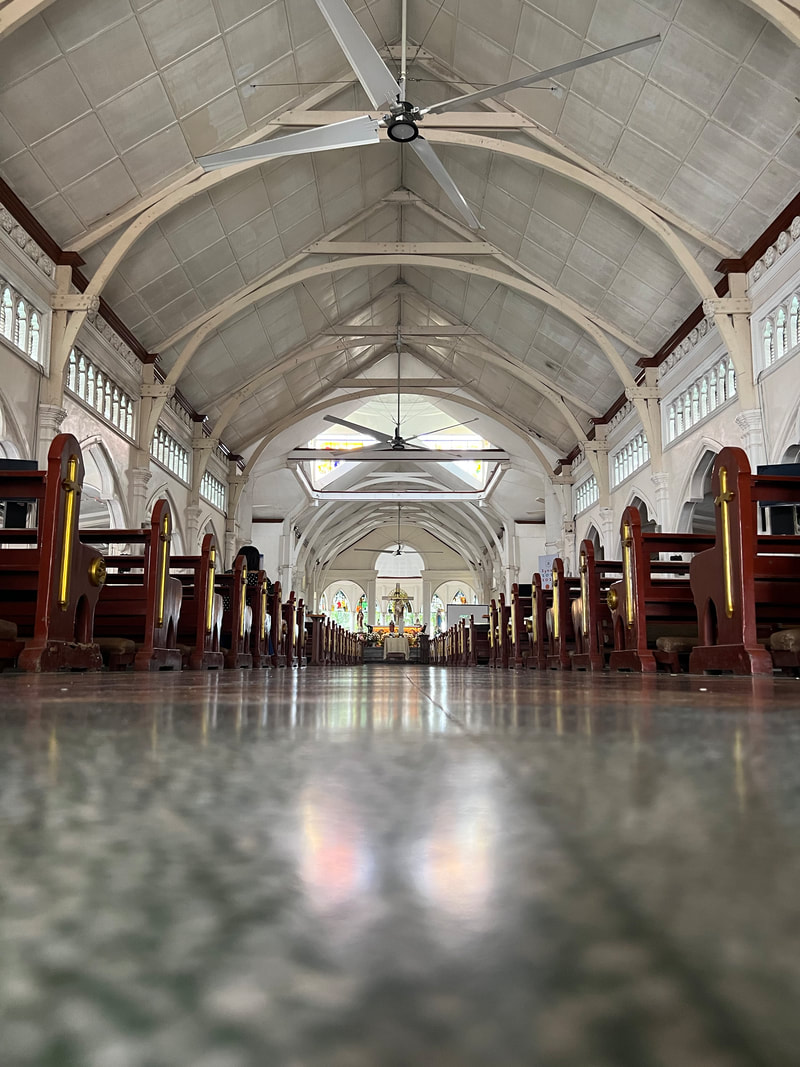
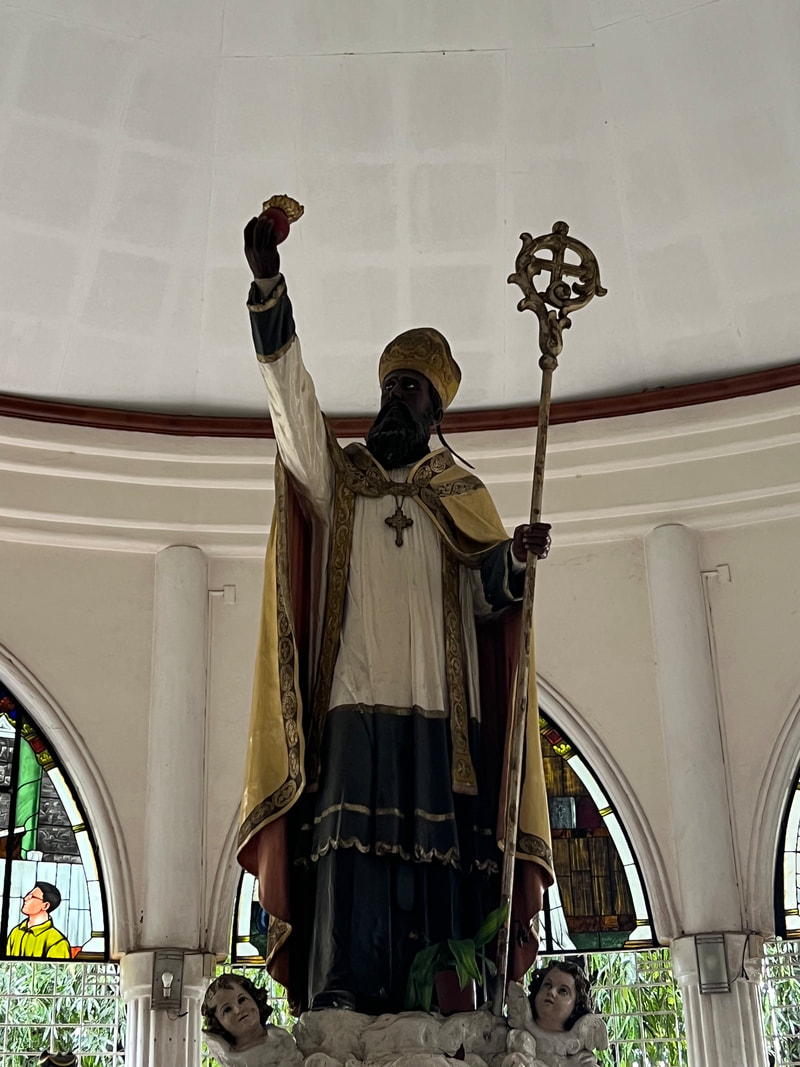
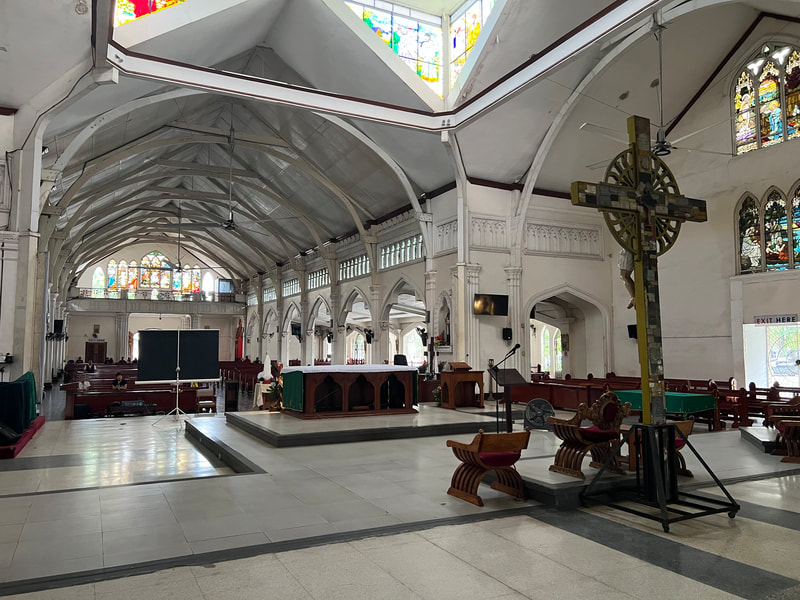
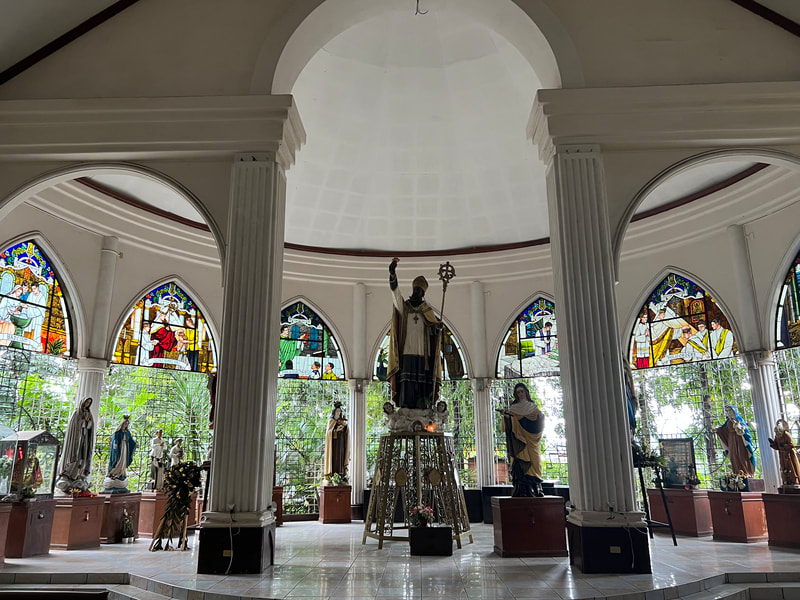
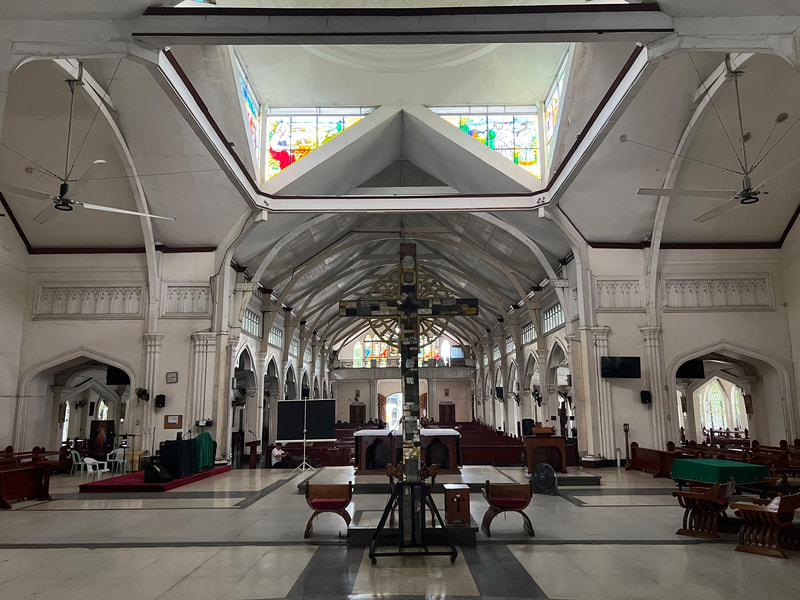
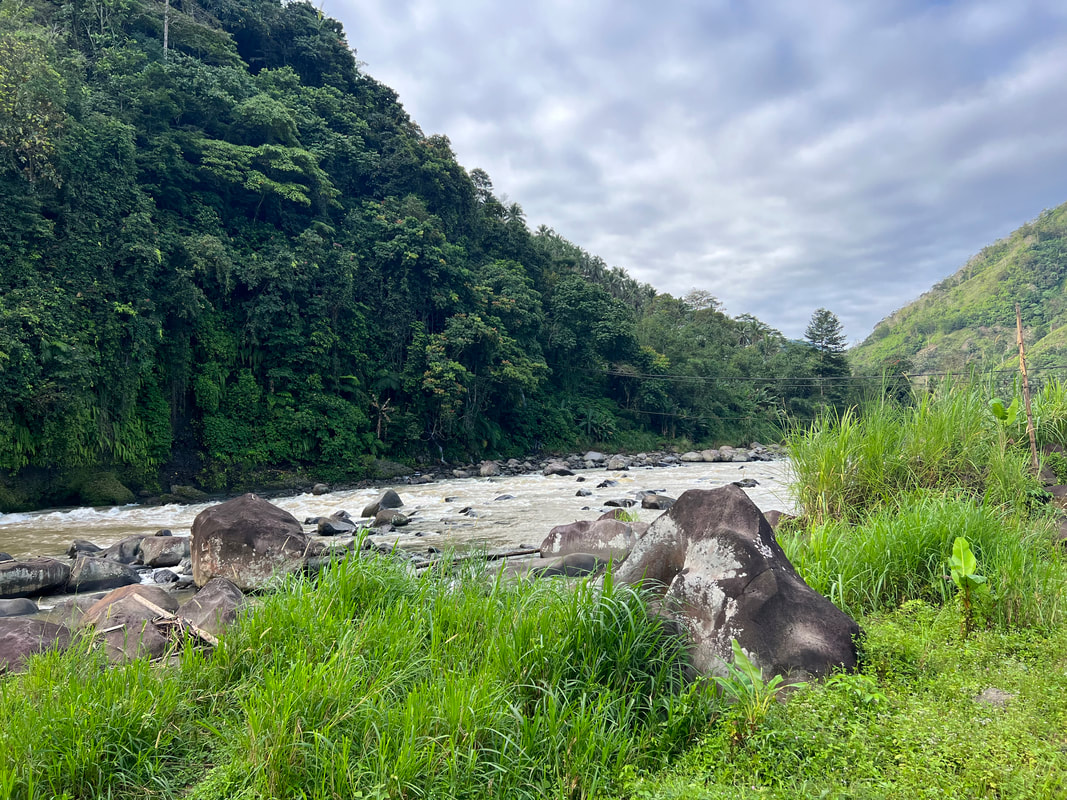
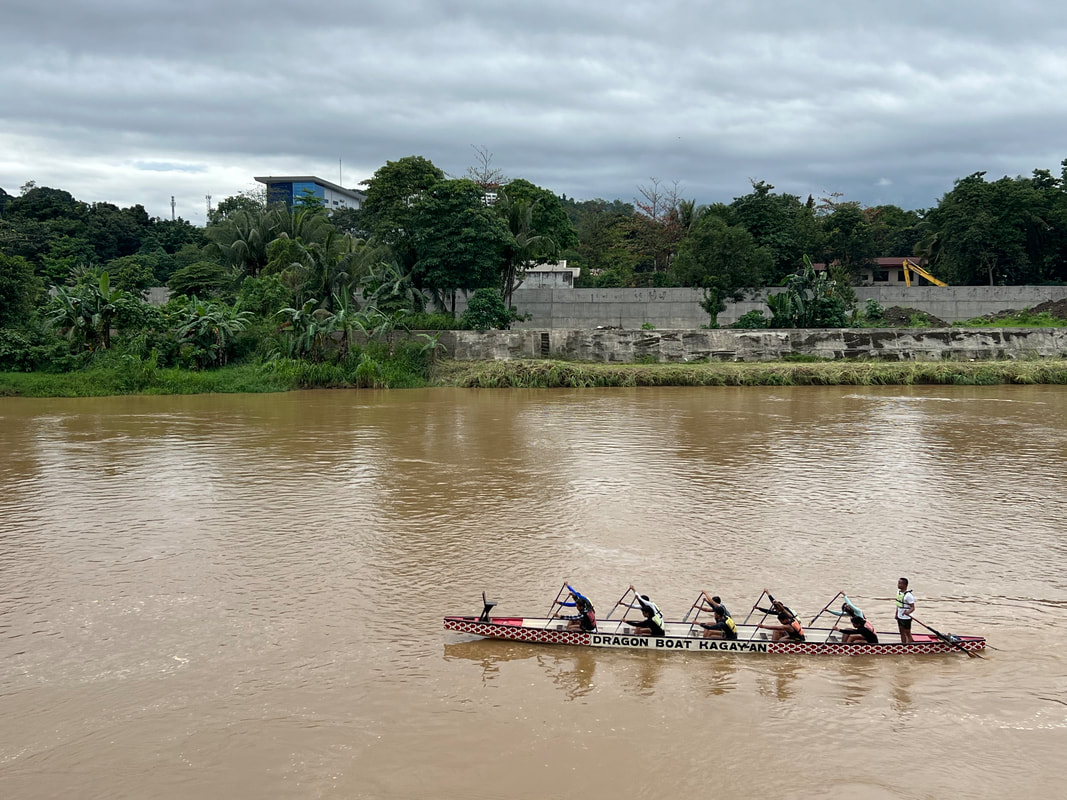
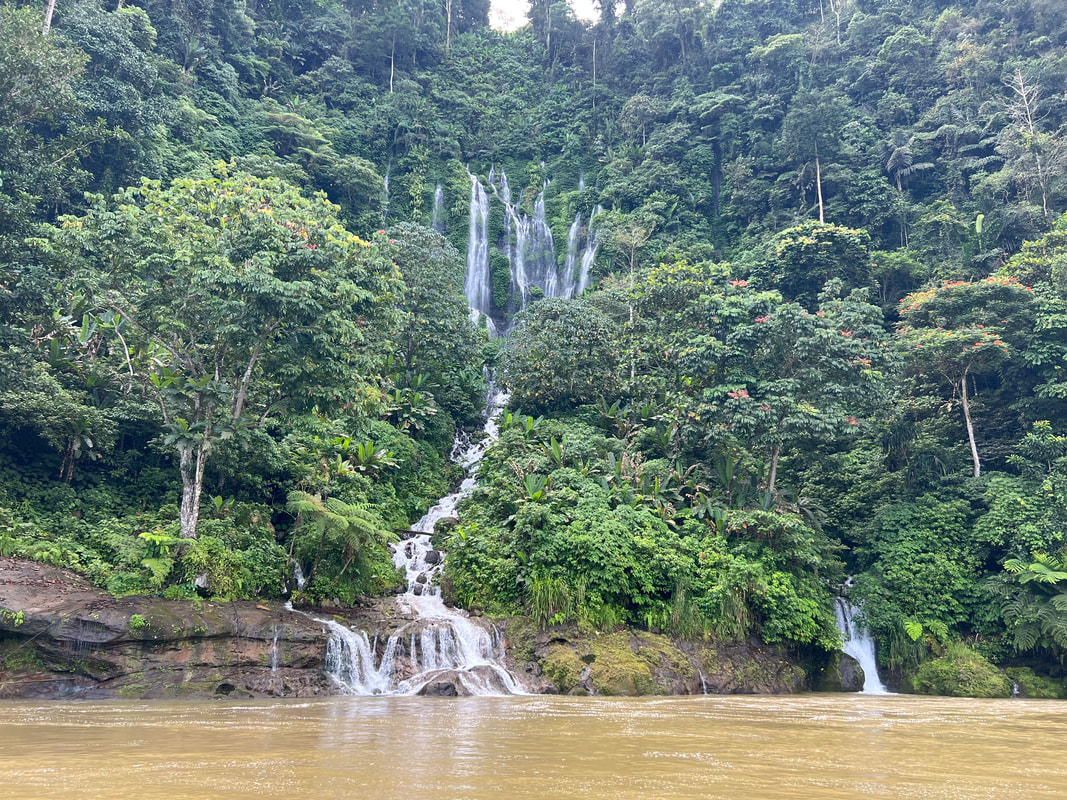
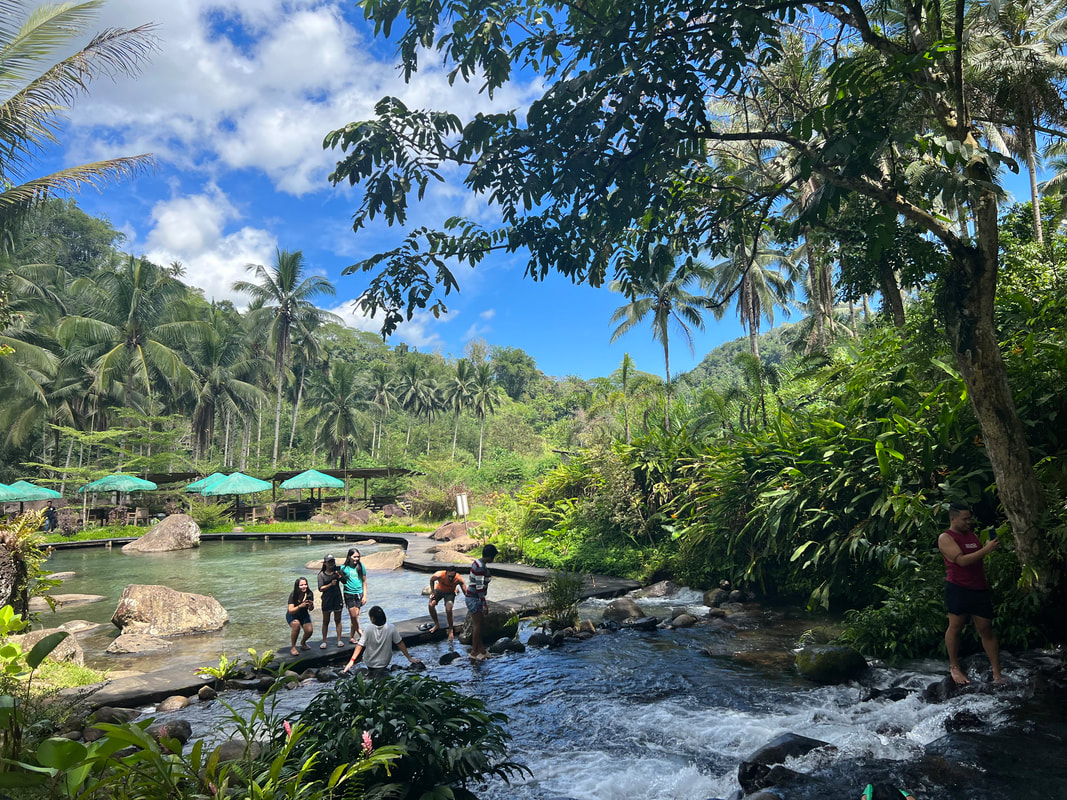
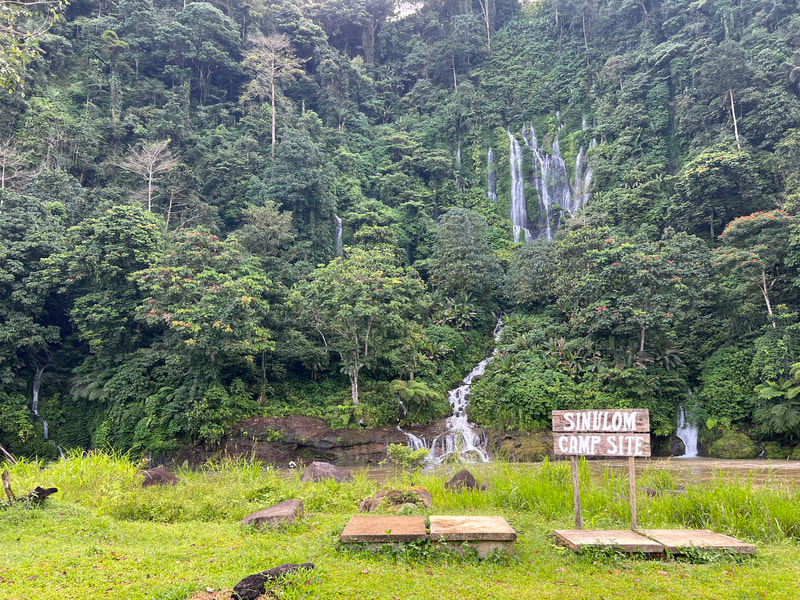
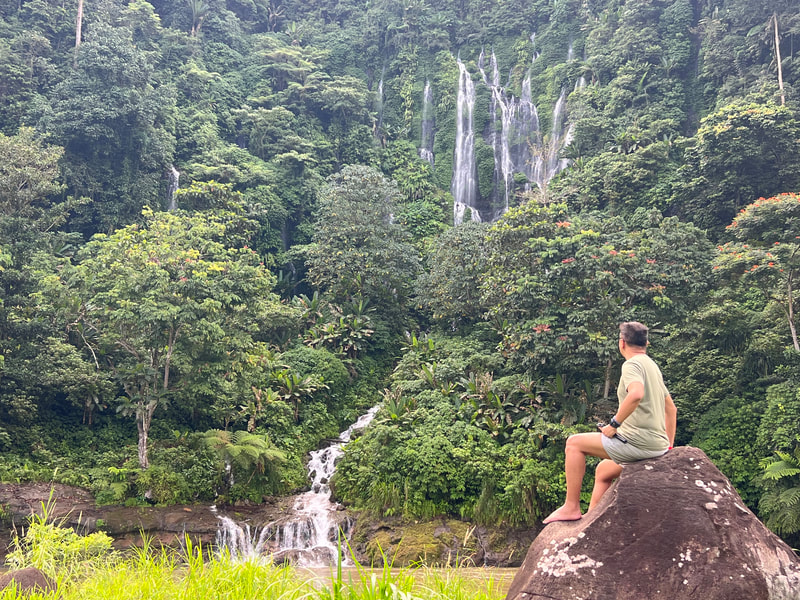
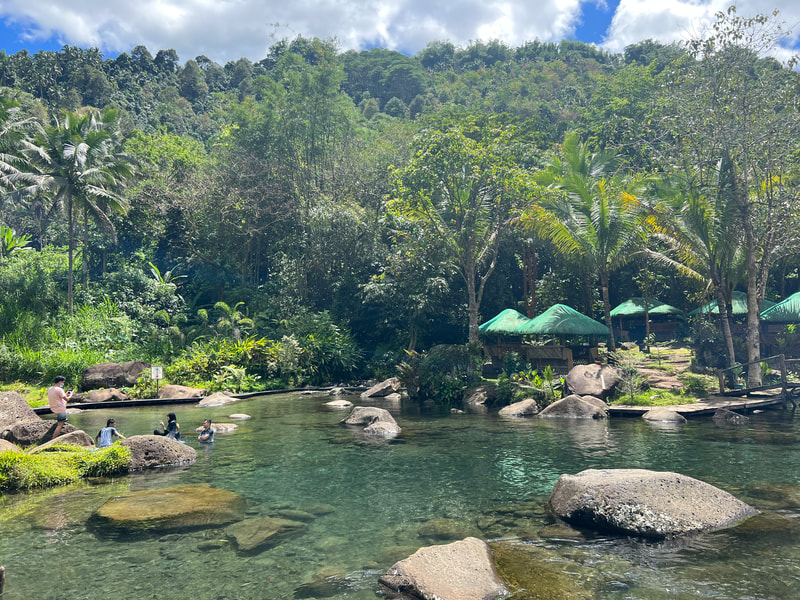
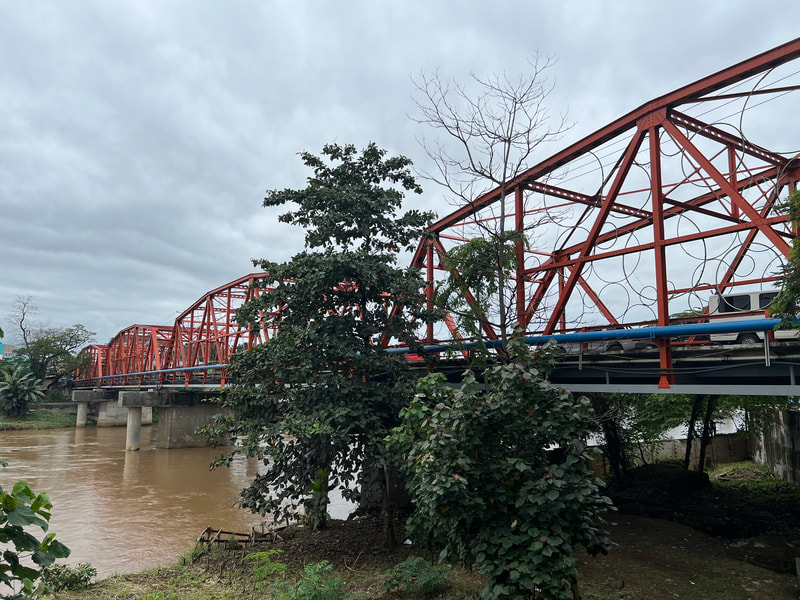
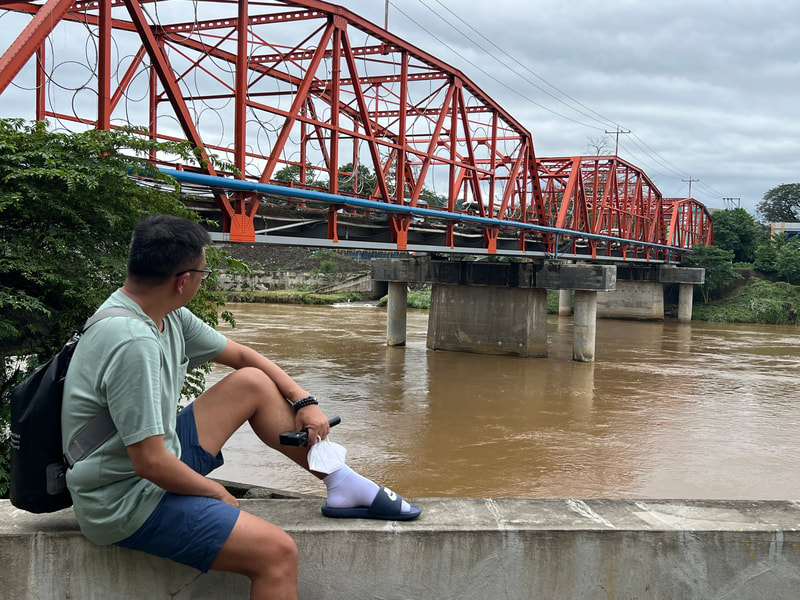
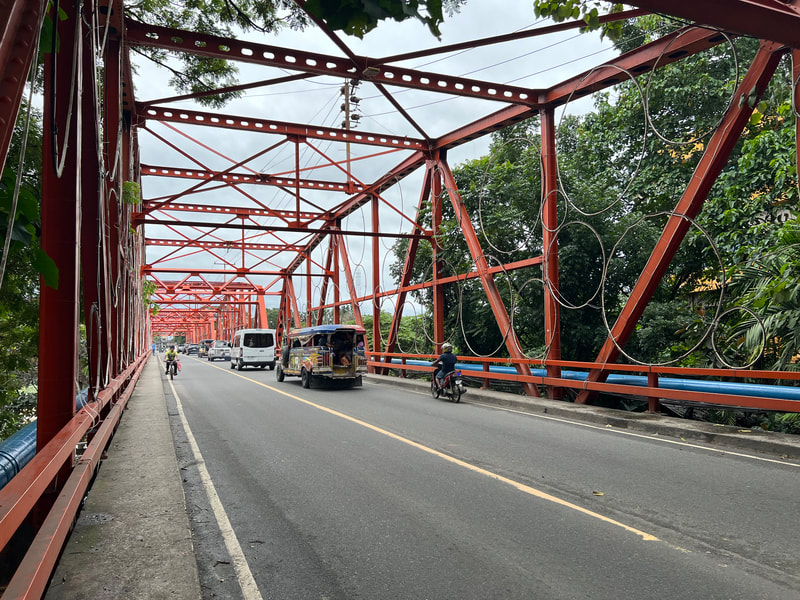
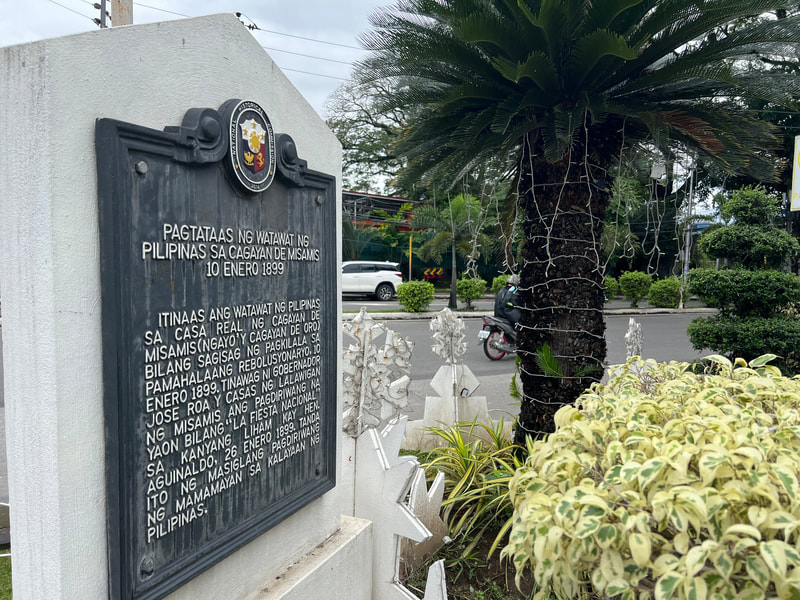
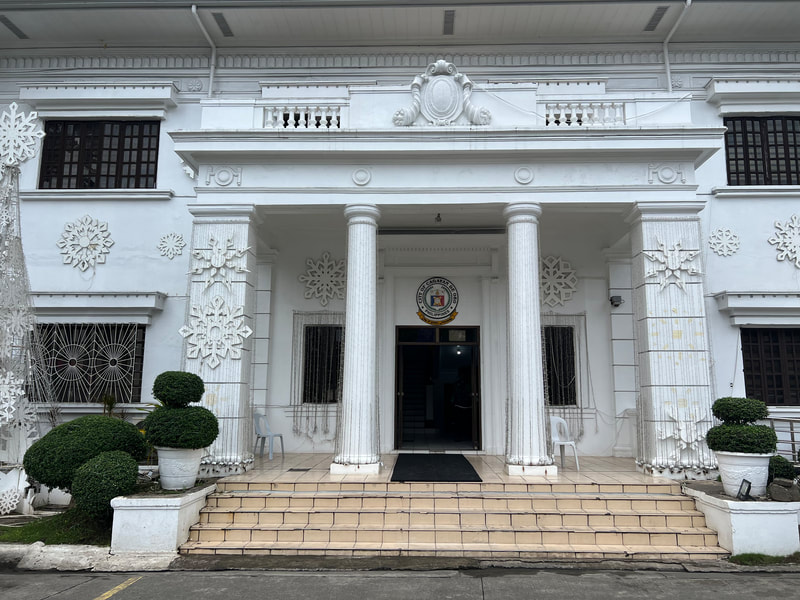
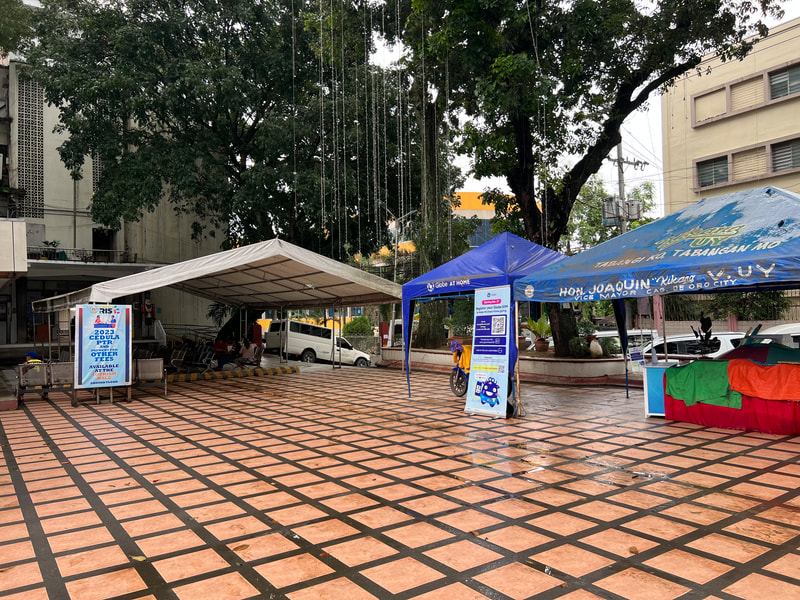





 RSS Feed
RSS Feed